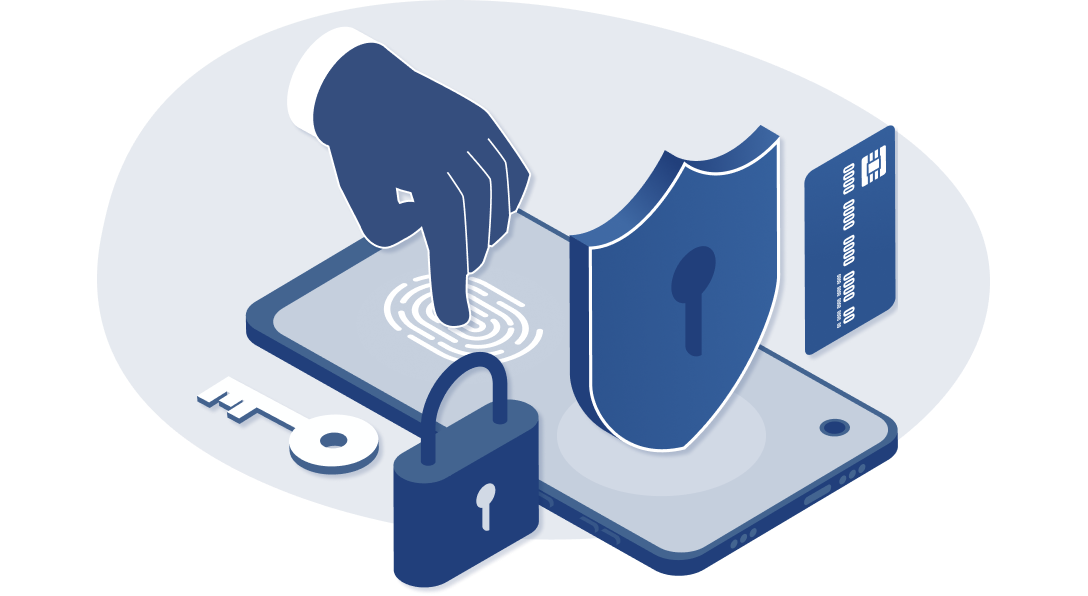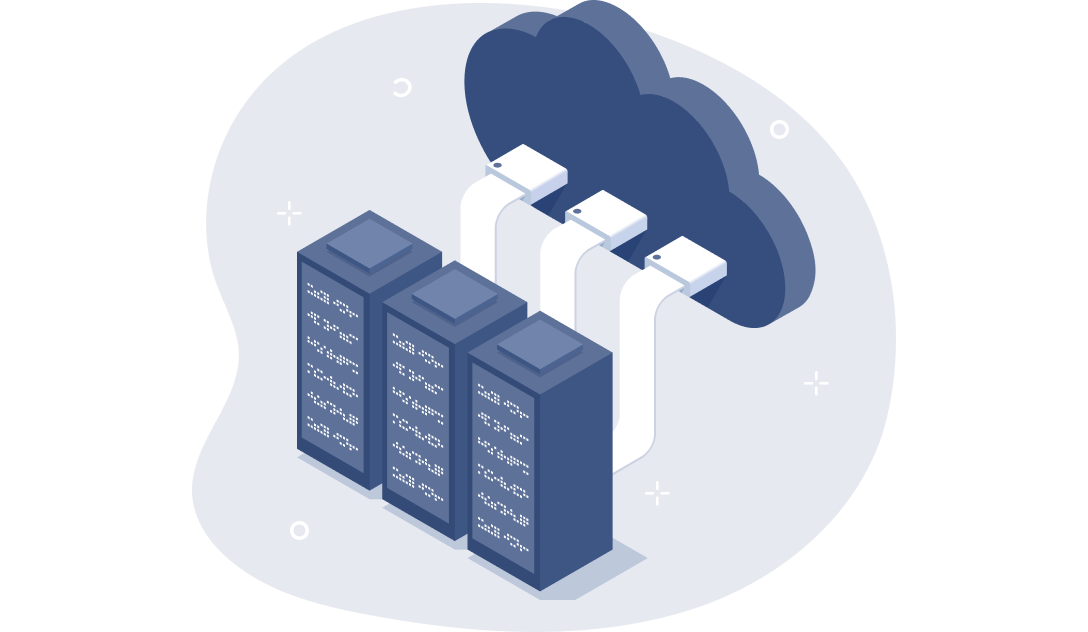
By Jamie Boros
What Are Cookies?
Everyone has their favorite restaurant, coffee shop, or bar, where you walk in and they not only know your name, but look at you and say “The usual?” you nod your head and sit down and they deposit your order just a few minutes later. . Your favorite websites do the same thing. They save information about your account, like your login, the credit card you use for purchases, and what sizes and products you’ve ordered before. Welcome to the world of cookies. These packets of data help your internet experience in multiple ways, and each type does something specific.
A cookie is defined as:
“A small file or part of a file stored on a World Wide Web user's computer, created and subsequently read by a website server, and containing personal information (such as a user identification code, customized preferences, or a record of pages visited)” - Webster.
There are also different types of cookies: session, persistent, first-party, and third-party cookies.
Different Types Of Cookies:
Session cookies:
These are cookies that help track your activity each time you browse a website. These are temporary and are deleted once you close your browser.
- Example: Remembering items stored in your shopping cart.
Persistent cookies:
These save your preferences and login information for future visits and remain on your device until they are deleted. These are the kinds you notice are gone when you clear your cookies upon clearing out browser data in Google Chrome or Safari. Logging in every time to watch your favorite shows or movies would be so annoying!
Third-Party & First-Party Cookies:
The next two types are the kind that have been under discussion for the last few years.
Third-party cookies:
This is a cookie that places itself on a user’s device from a website that the user is currently visiting. They are often used to track a visitor across multiple websites and allow a profile to be built from that visitor’s online behavior. If you’ve ever wondered why you read one article, and keep seeing ads for something related, that’s why.
Per Google’s “Privacy Sandbox” April 2024 Update, starting Jan 4 2024, they would be removing cookies from their browsers, though the end date when cookies will be fully defunct keeps getting pushed back, currently aiming for early 2025.
Phase Out:
Per Google’s “The Keyword” Blog, the landscape is changing slowly but will eventually make a full transition. Google has begun the process for 1% of Chrome users to get the ball rolling. It also will let you know if you are chosen as part of that 1%.
Why First-Party Data Is Important:
First-party cookies: These cookies enhance a visitor’s experience by making interactions with websites smoother, more efficient, and improve functionality. More importantly, they gather analytical data. Information, needs, and patterns gathered here could help develop groups and demographics to better assist audience targeting.
Without third-party cookies giving us the same wealth of data from Google’s archives, it is now necessary to gather first-party data ourselves. Some types of first-party data that can be gathered include:
- Website interactions: (Clicks, Forms, Scroll depth, and time on page)
- Purchase history: (Items bought, dates, quantities, prices)
- Contact information: (email, phone, address)
- Call center data: (contact info, interaction history, demographics)
- Subscription info: (Name, Address, Phone, Preferences, engagement data)
- Social media data: (Demographics, content interaction, information that is shared publicly from profiles - interests/location)

Methods To Gather First Party-Data:
There are many ways for companies to gather this information. Starting sooner rather than later is also advised so the proper habits can be adopted before Google officially makes the switch. Here are some methods below.
Leverage Hidden Data Through UTM Tracking:
UTMs (Urchin Tracking Module) track data by using specific tags attached to them. You can see them at the end of a domain after clicking a link or an ad. These tags show where traffic sources are coming from and how visitors interact with the content. These are always important to use in any marketing campaign to get insights to help optimize strategy.
Utilize Ad Attribution Software:
This is software that helps you understand the data you’ve got and what pathways lead to conversions (sales, forms filled, etc).
- Example programs are HubSpot or Google Analytics.
How that might work: A customer sees your Facebook ad but doesn’t click, later they actually click a Google ad, leave, and then types your domain manually a few days later, finally completing their purchase or reservation. Ad attribution software tracks this journey and credits each channel appropriately. Finding out customer journeys could help you optimize campaigns and give insights into how your budgets could best be efficiently allocated.
Deliver Value Through Natural Methods:
Data collection by delivering value to potential customers is a great way to acquire first-party data. This natural transaction gives you data while you deliver information, ask questions, or provide services. Some examples include:
- Email Sign-Ups or Downloadable Content:
- They can gather (emails, names, locations, additional details about storage interests/needs).
- Items delivered give value and some potential customers are willing to give information for it.
- Some content you can deliver are: E-Books (Speaking of, we’ve written an entire e-book about how you can address a cookieless future, which you can find here), moving checklists, or free moving truck rental promo codes.
- Social media:
- Comments/feedback: They can gather (names, addresses, customer needs)
- Surveys/polls: They can gather (opinions on topics, preferences, suggestions for improvements)
- Engagement: They can gather feedback and engagement patterns (likes & shares to see which topics people engage with the most to develop an audience)
- Contact Forms
- These are your workhorses when trying to find out details about potential customers.
- They can gather contact details & specific storage requirements data from high-intent customers that can later be developed into audiences or demographics.
- Detailed information can help deliver your ads to a more high-intent audience, and these inquiries could turn into a potential customer when you reach out to them.
A natural transaction for first-party data delivers value and can solidify your brand as a true trustworthy authority in your industry. First-party data gathered this way is efficient, freely given, and lets potential customers feel their valuable data was acquired ethically, giving a clean feeling on the topic.
Change And If You Need Help:
The internet is constantly in flux, and hyper-local businesses need to adapt. Understanding what cookies are and how to gather first-party data through them will arm you with the knowledge to implement these changes and stay ahead of the competition. If you have any questions or feel you could use some assistance with these transitions, don’t hesitate to Contact Us. Automatit is here to help you navigate through a cookie-less world.
June 18, 2024




